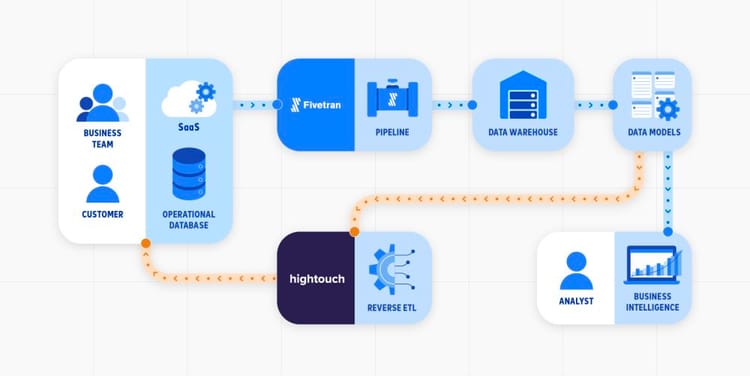What is Metric Layer? Why is it increasingly becoming a part of the modern data stack?

Enterprises use data for a lot of things, one of the most important and old use is also one of the most mundane: BI reporting on business operations.
Different teams across a company have to make decisions; to make those decisions, they need to know what’s happening. like what is sales volume? what is customer churn? what is the revenue from last week? etc.
Enterprises solve this problem through self-service BI. The idea behind it is that anyone can get the data they need—they can see the latest 'Metrics' —without having to ask someone for help.
Today’s data stack makes it easy to answer such questions, but really hard to answer them consistently across the enterprise. The core problem is that there’s no central repository for defining a metric. Without that, metric formulas are scattered across tools, buried in hidden and fragmented codes, and recreated, rewritten, and reused with no oversight or guidance.
A better architecture would make Metrics globally accessible to every other tool in the data stack. Rather than each tool defining its own aggregations, the metrics layer is a centralized repository for how all metrics are calculated.

If you want to read more on the Metric layer, I have listed a couple of resources for further reading










Member discussion